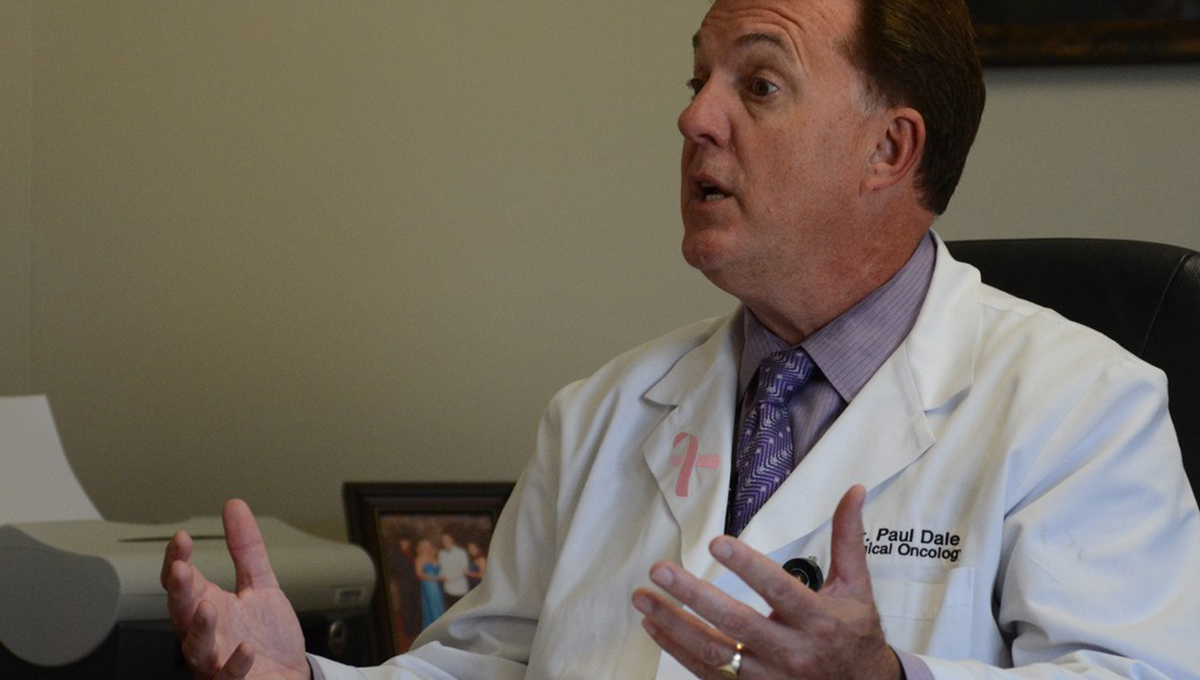Table of Contents
WHO studies show that about a third of all cancer deaths are due to poor lifestyle and dietary factors. These include:

-
tobacco use
-
overweight and obesity
-
lack of fruits and vegetables in the diet
-
lack of physical activity
-
alcohol abuse
Of these, tobacco use has been found to be the most significant risk factor. It is linked to about 70% of deaths from lung cancer and 20% of deaths from all cancers.
In middle- and low-income countries, viral infections from hepatitis B (HBV), hepatitis C (HCV), and human papillomavirus (HPV) are linked to up to 20% of deaths from cancer. Infections from these viruses are associated with unhealthy sexual practices, blood transfusion, and drug abuse.
Avoidance of these risk factors can help reduce one's risk of cancer. The most important preventive strategies doctors emphasize include eating a healthy, balanced diet, being physically active, maintaining a healthy body weight, and avoiding the use of tobacco, alcohol and drugs.
High-risk individuals are also advised to receive vaccinations against HPV and HBV, which are linked to cervical cancer and liver cancer.
Reduce Your Risk of Dying from Cancer
Anybody can develop cancer – young or old, healthy lifestyle or not. However, your risk of acquiring the disease increases with age, as well as your having a family history of the disease. Certain racial factors also influence your likelihood that you might get a specific type of cancer.
Studies suggest that early detection and prompt treatment can help reduce deaths from cancer and increase one's chances of survival. Many types of cancer are amenable to treatment, especially when caught in their early stages.
Screening for Cancer
This method of finding high-risk individuals uses screening tests in a systematic way to a population that does not manifest symptoms of cancer. Its aim is to identify those with abnormalities that suggest a specific type of cancer or pre-cancer stages, even before signs and symptoms appear. Screening can then help doctors diagnose and treat cancer promptly.
Screening programs are effective for common types of cancers for which a cost-effective and acceptable screening test is available to most people. Cancer screening methods include:
-
PAP test to detect cervical cancer
-
mammography for breast cancer
-
colonoscopy for colorectal cancer
-
digital rectal exam for prostate cancer
Some doctors do not believe that screening tests are necessary or effective, and suggest that these may even have risks.
However, many doctors believe that screening for cancer, especially in people who have risk factors such as family history, genetic disposition, age, and lifestyle factors may help get them early treatment if they are found to have cancer.
See Also: Physical Activity Reduces Chances Of Cancer
Early Diagnosis
People who have chronic symptoms, such as changes in bowel habits or persistent cough must visit their doctors to get a proper evaluation of their condition. Health education to increase people's awareness of the early symptoms of cancer can help promote early diagnosis and treatment before the disease spreads. This is a very important factor in reducing cancer mortality rates and in increasing survival rates.
Ask your doctor about cancer screening tests. Better still, make a healthy lifestyle your best strategy to avoid the big C.
- ACS. Cancer Facts & Figures 2014. http://www.cancer.org/acs/groups/content/@research/documents/webcontent/acspc-042151.pdf
- WHO. Cancer. http://www.who.int/mediacentre/factsheets/fs297/en/
- LiveScience. The 10 Deadliest Cancers and Why There's No Cure. http://www.livescience.com/11041-10-deadliest-cancers-cure.html
- ACS. Common Cancers. http://www.cancer.gov/cancertopics/types/commoncancers
- Quality Health. The Five Deadliest Cancers. http://www.qualityhealth.com/cancer-articles/five-deadliest-cancers
- Photo courtesy of PDPics by Pixabay : pixabay.com/en/cancer-newspaper-word-magnifier-390322/
- Photo courtesy of KOMUnews by Flickr : www.flickr.com/photos/komunews/10317583216
- www.cancer.org
- www.who.int
- www.livescience.com
- www.qualityhealth.com


Your thoughts on this